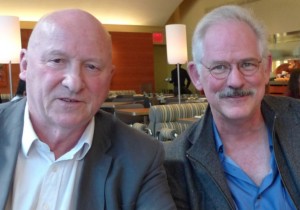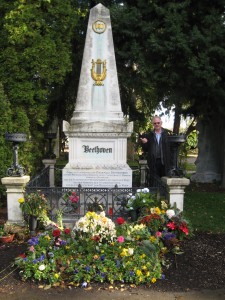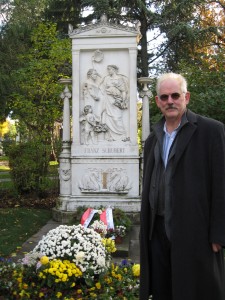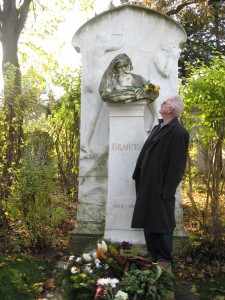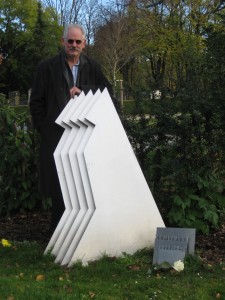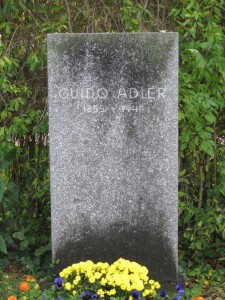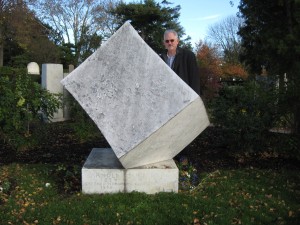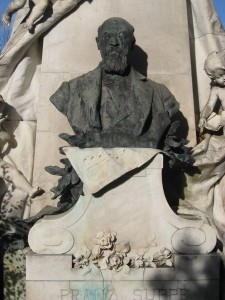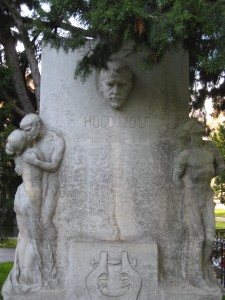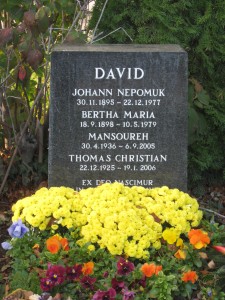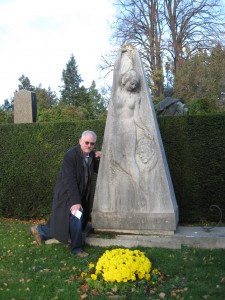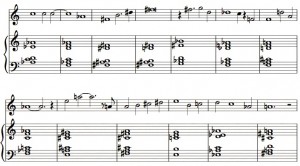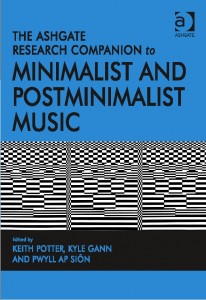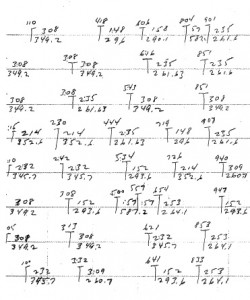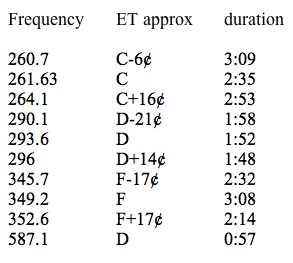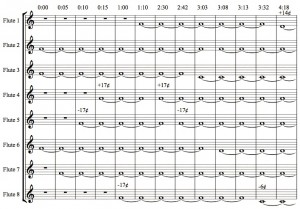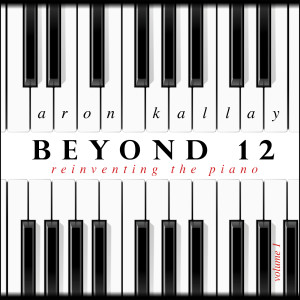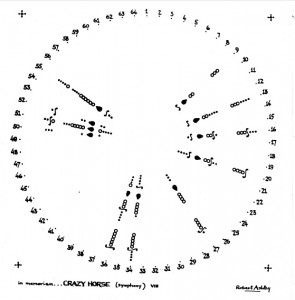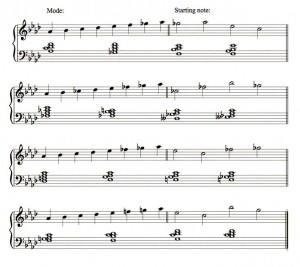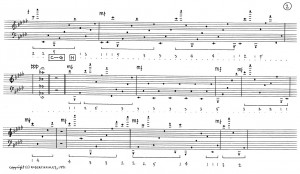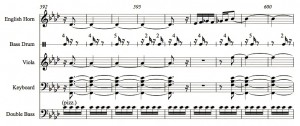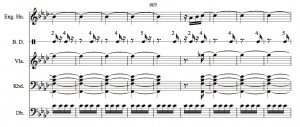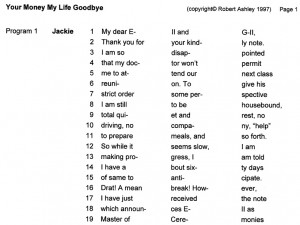(Click for better focus.) Consequent to the recent post I wrote about analyzing Gavin Bryars’s music, the man himself nicely got in touch with me, and since he was going to be in New York City anyway, we had lunch today, along with Tony Creamer (major supporter and fan of new music) and Norman Ryan, Gavin’s publisher at Schott. Gavin’s and my conversation really took off when we realized what big fans we both are of the music of Kaikhosru Sorabji; he was actually in touch with Sorabji, and presented the first concert of Sorabji’s music in Italy in 1979. I think it was the first time I’ve ever had a personal conversation with anyone who knew more about Sorabji than I do. And Gavin signed my copy of the score to his Piano Concerto “The Solway Canal,” which I bought at Doblinger’s in Vienna last week. Sorabji was heavily inspired by Busoni; I’ve always been heavily inspired by Busoni; Busoni’s Piano Concerto includes a male chorus; Gavin’s Piano Concerto includes a male chorus; the pianist Geoffrey Douglas Madge has made recordings of Busoni’s Piano Concerto, Sorabji’s Opus Clavicembalisticum, and my Sunken City Piano Concerto; and so on, Q.E.D. Or something. Busoni/Sorabji/Bryars/Gann is some kind of nexus of affinities.

